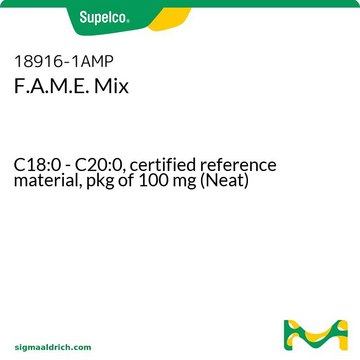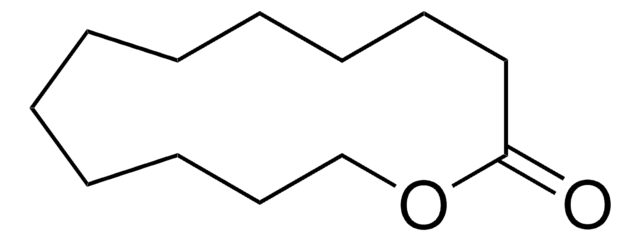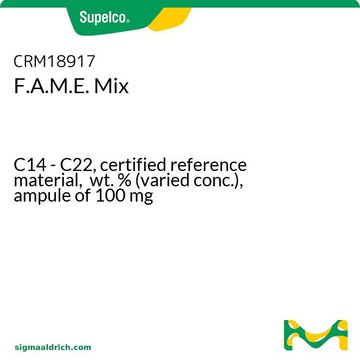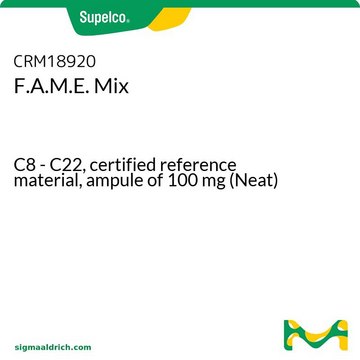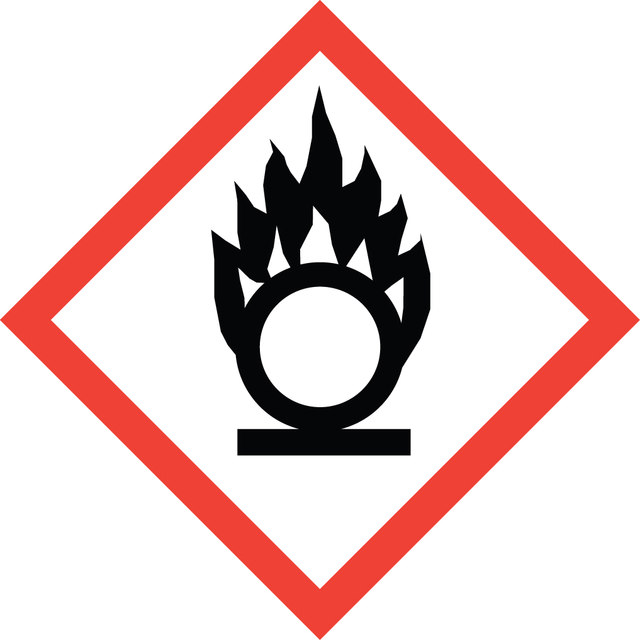24-1070
Perchloric acid
99.05 wt. % in dilute acetic acid, 0.1 M in acetic acid
Synonym(s):
PCA
Sign Into View Organizational & Contract Pricing
All Photos(1)
About This Item
Linear Formula:
HClO4
CAS Number:
Molecular Weight:
100.46
MDL number:
UNSPSC Code:
12352106
PubChem Substance ID:
Recommended Products
form
liquid
reaction suitability
reagent type: oxidant
availability
available only in Japan
concentration
0.1 M in acetic acid
99.05 wt. % in dilute acetic acid
1/10 N in acetic acid
density
1.05 g/cm3 at 20 °C
SMILES string
OCl(=O)(=O)=O
InChI
1S/ClHO4/c2-1(3,4)5/h(H,2,3,4,5)
InChI key
VLTRZXGMWDSKGL-UHFFFAOYSA-N
Looking for similar products? Visit Product Comparison Guide
Suitability
for titration in nonaqueous solution
Signal Word
Danger
Hazard Statements
Precautionary Statements
Hazard Classifications
Eye Dam. 1 - Flam. Liq. 3 - Ox. Liq. 2 - Skin Corr. 1A
Storage Class Code
5.1B - Oxidizing hazardous materials
WGK
WGK 1
Flash Point(F)
104.0 °F - closed cup
Flash Point(C)
40 °C - closed cup
Personal Protective Equipment
dust mask type N95 (US), Eyeshields, Gloves
Regulatory Information
新产品
Choose from one of the most recent versions:
Already Own This Product?
Find documentation for the products that you have recently purchased in the Document Library.
John Greenwood et al.
ACS nano, 9(5), 5520-5535 (2015-04-22)
We shine light on the covalent modification of graphite and graphene substrates using diazonium chemistry under ambient conditions. We report on the nature of the chemical modification of these graphitic substrates, the relation between molecular structure and film morphology, and
Dipanwita Das et al.
Journal of the American Chemical Society, 135(10), 4018-4026 (2013-02-28)
Catalytic four-electron reduction of O2 by ferrocene (Fc) and 1,1'-dimethylferrocene (Me2Fc) occurs efficiently with a dinuclear copper(II) complex [Cu(II)2(XYLO)(OH)](2+) (1), where XYLO is a m-xylene-linked bis[(2-(2-pyridyl)ethyl)amine] dinucleating ligand with copper-bridging phenolate moiety], in the presence of perchloric acid (HClO4) in
Dipanwita Das et al.
Journal of the American Chemical Society, 135(7), 2825-2834 (2013-02-12)
Selective two-electron plus two-proton (2e(-)/2H(+)) reduction of O(2) to hydrogen peroxide by ferrocene (Fc) or 1,1'-dimethylferrocene (Me(2)Fc) in the presence of perchloric acid is catalyzed efficiently by a mononuclear copper(II) complex, [Cu(II)(tepa)](2+) (1; tepa = tris[2-(2-pyridyl)ethyl]amine) in acetone. The E(1/2)
Kristiina Cajanus et al.
The journal of pain : official journal of the American Pain Society, 15(12), 1248-1256 (2014-09-23)
Most clinically used opioids are mu-opioid receptor agonists. Therefore, genetic variation of the OPRM1 gene that encodes the mu-opioid receptor is of great interest for understanding pain management. A polymorphism 118A>G (rs1799971) within the OPRM1 gene results in a missense
N Gyémánt et al.
British journal of cancer, 103(2), 178-185 (2010-06-17)
The multidrug resistance (MDR) proteins are present in a majority of human tumours. Their activity is important to understand the chemotherapeutic failure. A search for MDR-reversing compounds was conducted among various Betti-base derivatives of tylosin. Here, we evaluate the in
Our team of scientists has experience in all areas of research including Life Science, Material Science, Chemical Synthesis, Chromatography, Analytical and many others.
Contact Technical Service